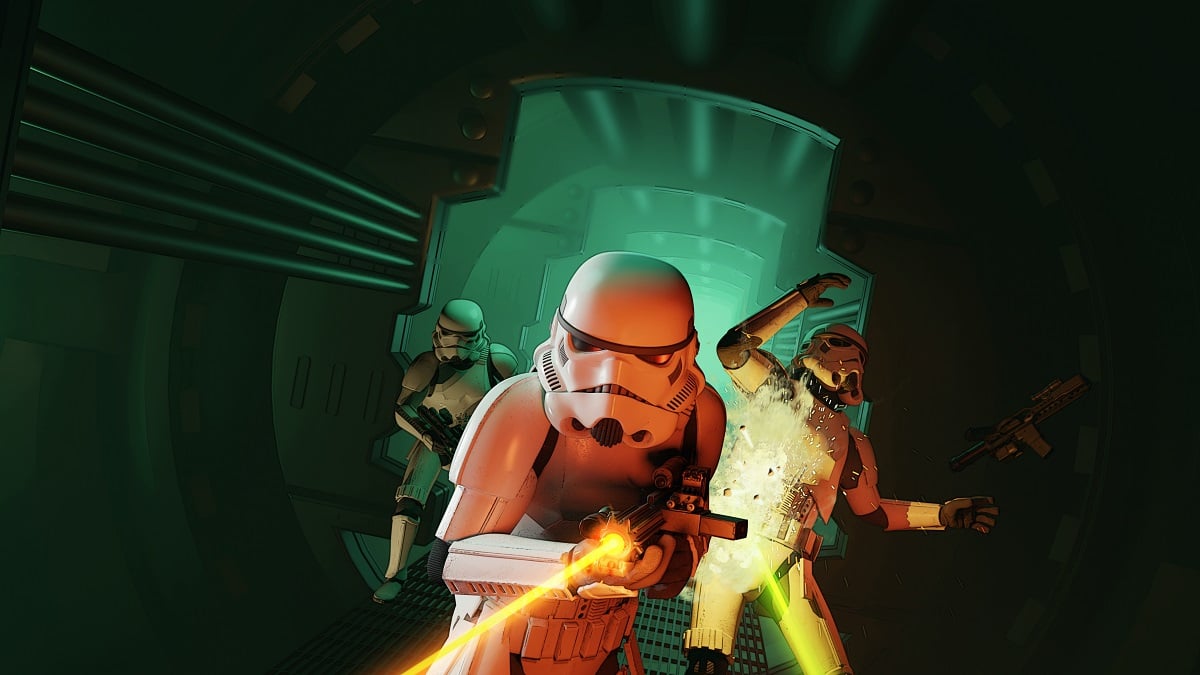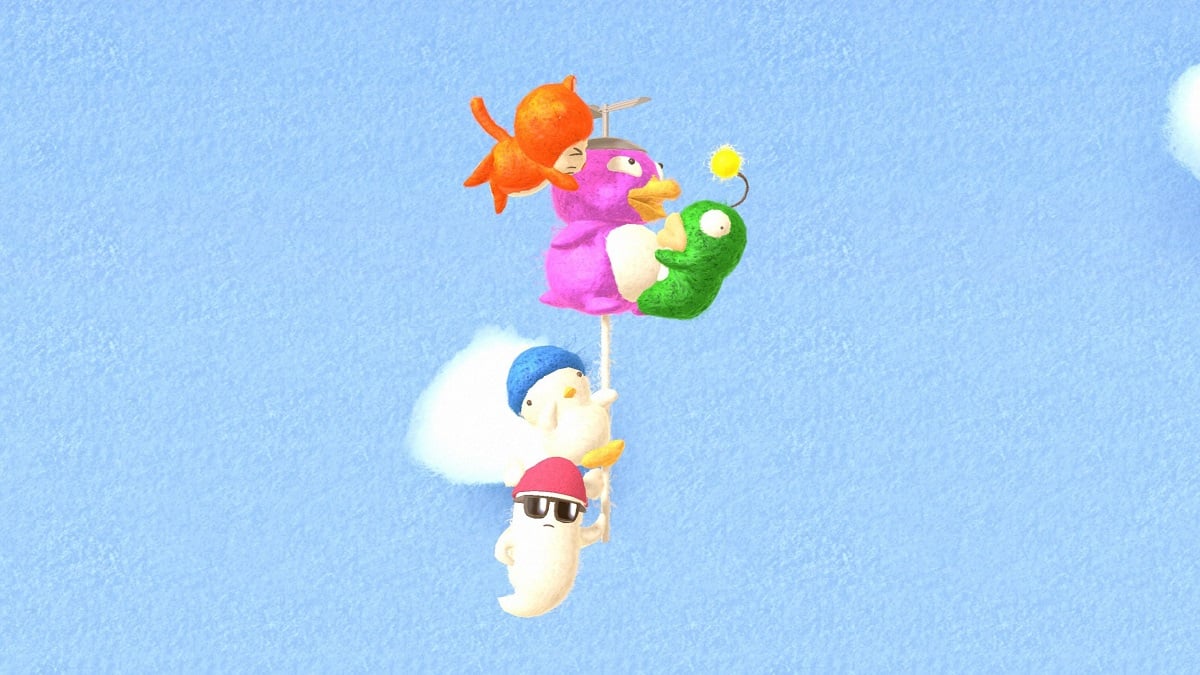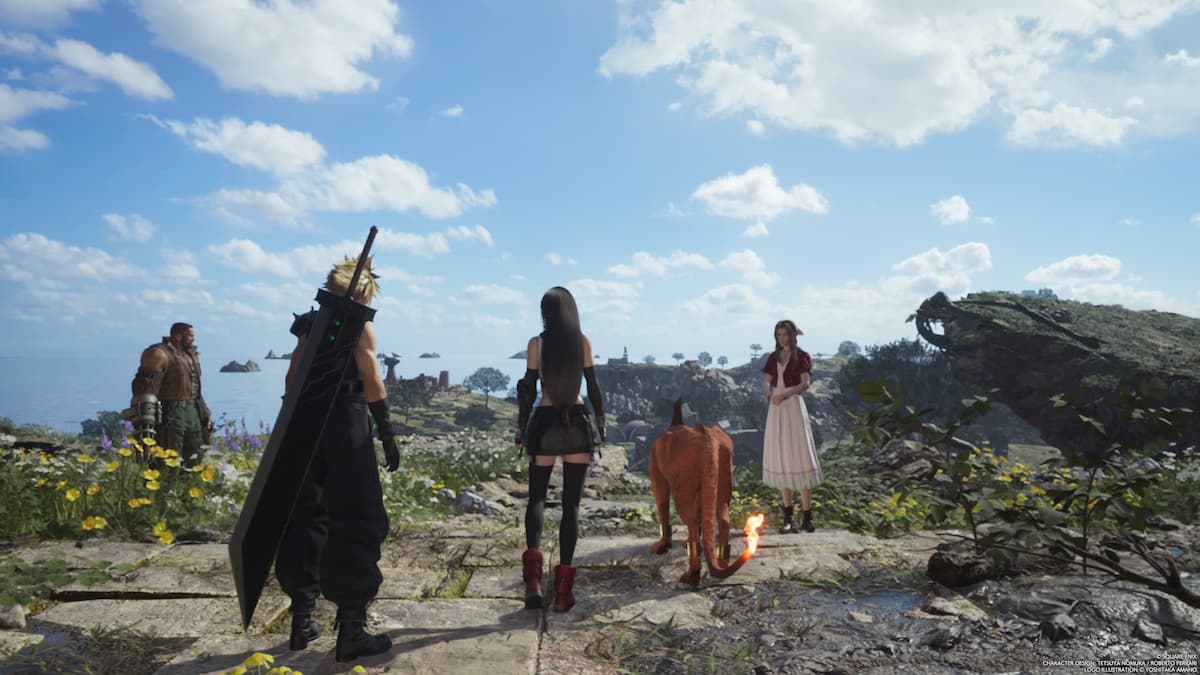Monster Hunter Rise is a solid new entry of the Monster Hunter franchise that caters mostly to veterans of previous games but can still be enjoyed by newcomers without too much issue. It continues the franchise’s well-worn game loop of hunting monsters, harvesting them for parts, and then using those parts to make better equipment that allows you to hunt better monsters. This game is set in Kamura Village, a small remote village threatened by the Rampage, a stampede of monsters that has left the village in tatters in the past. As the village’s newly minted hunter, it is up to the player to divert the Rampage by taking on quests and gradually slaying more and more difficult monsters as you go.
The complexity of the Monster Hunter games is not necessarily in what you do but rather the almost limitless options in how you do it. There are dozens of large monsters to hunt in Monster Hunter Rise, and the game gives you plenty of options for how to best hunt them. There are 14 different kinds of weapons, each with their own distinct playstyles. Each weapon type has dozens of variants with players choosing whether they want a weapon designed to farm for critical hits or to deal out a steady stream of elemental damage. You can choose to try to lay traps for monsters, or lure monsters into a brawl with other monsters, or to try to use bombs and explosives to stun and disorient the monsters in the middle of a fight.
Then, there’s the armor options and choosing which Buddies (animal companions that fight with the player) to bring into battle. Each of those can also be customized with their own armor, weapons, and abilities. All of this is presented to players almost at the outset with little hand-holding. An early Arena mission best defined my initial experience with Monster Hunter Rise – you are tossed into battle against a large monster that wants to kill you and it’s up to you to figure out how to survive.

The lack of hand-holding in Monster Hunter Rise isn’t necessarily a bad thing – it was refreshing to learn the nuances of various weapons and monster hunting techniques on my own without being put on rails through a too-long tutorial system that extends dozens of hours into the game. Still, Monster Hunter Rise requires at least a little commitment from newcomers to learn how to play which may be why the franchise has historically had to deal with a reputation of having a steep learning curve to play. Honestly, that “steep learning curve” felt a bit overblown as I dug into Monster Hunter Rise. You don’t need to understand every nuance of the Monster Hunter franchise to succeed in Monster Hunter Rise, you just want to understand those nuances in order for your character to better thrive.
Monster Hunter Rise mostly builds on the successful aspects of its predecessor, Monster Hunter World, by using the same sort of open-world regions as stages for these battles. Providing these large maps provides players with even more options on how to proceed with their hunt – players can choose to lure monsters into an advantageous area, or they gather up useful “Endemic Life” (creatures that provide minor buffs found at random in the wild) before marching towards the characters. There is a new vertical component to Monster Hunter Rise, too – players can use wirebugs to quickly scale the cliffs or run across walls. The wirebug controls were a bit fiddly and counter-intuitive – even after spending nearly 30 hours with the game, it would still take me multiple tries to scale a cliff. But, I feel that the wirebugs can be mastered and they enable a lot of cool moments both in and out of combat.

The other major new feature in Monster Hunter Rise is a Rampage mode that acts as a sort of modified tower defense mini-game. Players use ballistas and other mounted weapons to fight off swarms of monsters before they reach Kamura Village. As players complete various sub-tasks, they are given more powerful options to use to fight these creatures. The Rampages are fun, but they can be a bit frustrating to play on one’s own. It was hard for me to get in a good battle rhythm when the players are constantly attacking your turret and seemingly ignoring your attempts to guard. For the most part, letting the automated defenses you set up and periodically replacing weak points with stronger weapons and intervening only when necessary seems to be the best strategy here.
The Rampage mode illustrated Monster Hunter Rise‘s greatest strength and what could be its biggest weakness. Monster Hunter Rise’s Rampage mode supports multiplayer, and the game is much more enjoyable when played with others. Hunts feel a lot more exhilarating when you’re doing it with 1-3 other players and there’s a bit more room for error in Rampages. While multiplayer isn’t necessarily a requirement with Monster Hunter Rise (there are parallel quests for the single player Village Quests and the meant for multiplayer Hub Quests), I personally enjoyed the multiplayer a lot more. Of course, coordinating multiplayer raids on the Nintendo Switch can be a bit difficult, given that the system lacks any console-based communication methods. I suppose players will need to rely on Discord or other third party options to best manage Monster Hunter Rise‘s multiplayer mode, or use in-game stickers to fashion some sort of crude communication method.
If you are a Monster Hunter veteran, I see no reason why you won’t love Monster Hunter Rise. The game is basically a refined version of Monster Hunter World with some new gimmicks and a new aesthetic. For those looking to jump into Monster Hunter for the first time, Monster Hunter Rise is still a lot of fun. You won’t necessarily understand everything right out of the gate, but you likely will over time as you hunt more and more monsters. All in all, this is a strong action RPG for the Nintendo Switch and has the potential to eat up tons of your time.
Rating: 4 out of 5
Monster Hunter Rise releases on the Nintendo Switch on March 26th. A review code was provided by the publisher for the purpose of this review, and it was played on a base model Nintendo Switch.


